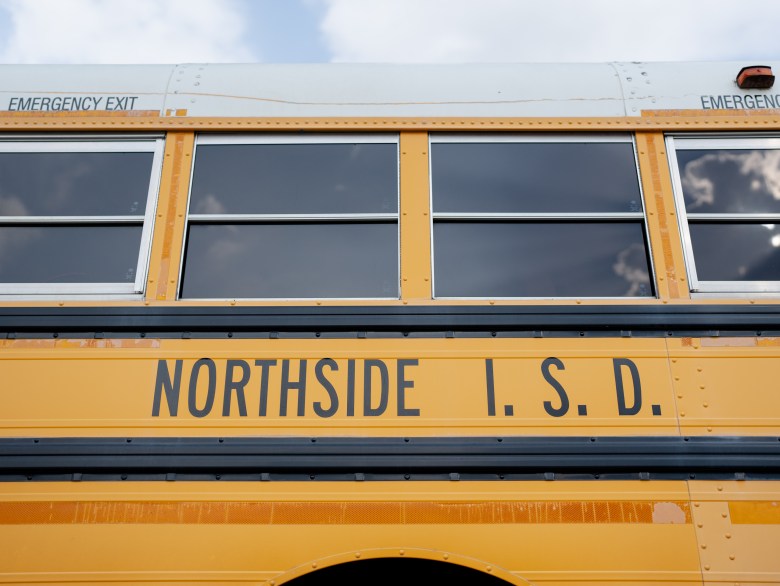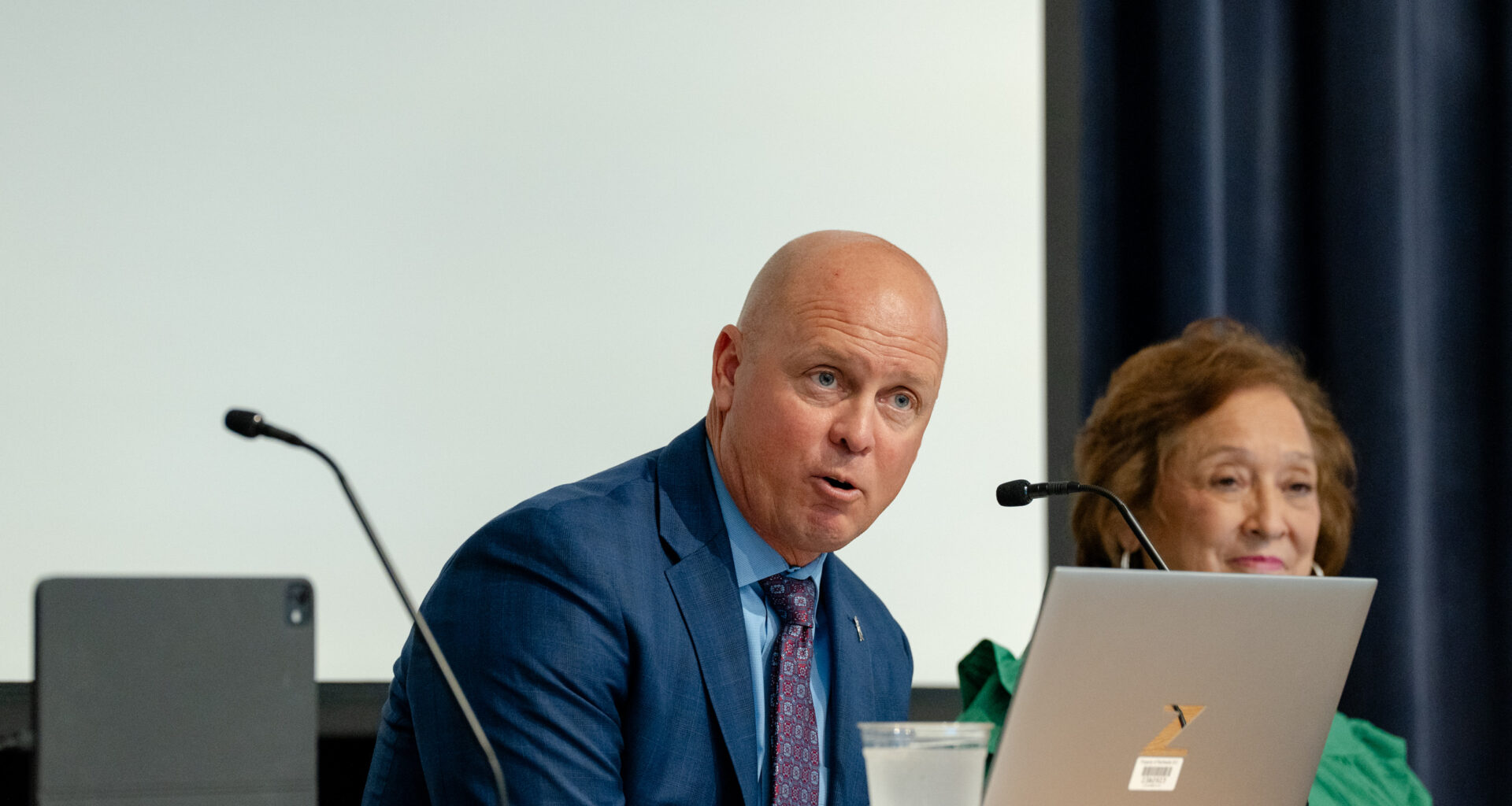With the passage of education savings accounts and enrollment decreases in San Antonio’s biggest school districts, it’s no surprise that “school choice” has become more competitive for public and private schools alike.
Northside Independent School District, the largest district in San Antonio, recently started “Excellence Without Boundaries,” an open enrollment program allowing any student in the San Antonio area to apply to attend any one of its schools.
While the district has long housed magnet schools and in-district charters that enroll students regardless of their address, Superintendent John Craft said it was the “right time” to go ahead with a more competitive strategy.
There are over 130 charter schools within NISD’s boundaries vying for the same pool of students, and the recently passed ESAs, which pay for private school tuition, therapy, transportation and other education-related costs, won’t help.
ESAs, sometimes called school vouchers, cannot be used by families who enroll in public schools.
Because of this, public school advocates and officials say school vouchers could result in the “disenrollment” from public schools. Schools rely on enrollment and average daily attendance of students to determine how much money they get from the state.
“I think that it was the right time to go ahead and engage in this somewhat new free market of providing educational services,” Craft said in an interview with the Report. “From a timing standpoint, we want to very intentionally and strategically place ourselves to be that option for families across the region and throughout Bexar County.”
Enrollment and state dollars
There are a few caveats to NISD’s open enrollment program however, Craft said.
Applying for the program doesn’t grant a student automatic acceptance to their preferred campus. Before accepting someone transferring from outside of the district, officials will consider a student’s attendance record, disciplinary history and the campus’ capacity.
Formally launched June 18, the open enrollment application portal had 6,000 applicants within its first week, and Craft expects most of the students transferring into the district will be children of parents who commute to work within NISD’s boundaries.
 NISD, a district with a projected enrollment of 97,300 students for the 2025-26 school year, could face a budget deficit between $50 million and $70 million next year. Credit: Brenda Bazán / San Antonio Report
NISD, a district with a projected enrollment of 97,300 students for the 2025-26 school year, could face a budget deficit between $50 million and $70 million next year. Credit: Brenda Bazán / San Antonio Report
While the district doesn’t have a benchmark it expects to hit with the new program, having any number of extra students contributing to NISD’s average daily attendance (ADA) would be a “bonus” for the district’s budget.
NISD, a district with a projected enrollment of 97,300 students for the 2025-26 school year, could face a budget deficit of anywhere between $50 million and $70 million next year.
Craft said getting more state dollars through the district’s ADA would put NISD in a position to “protect ancillary programs.” In March, district officials considered increasing student-teacher ratios for certain extracurricular programs as a cost-saving measure, potentially resulting in ending certain programs at campuses where they weren’t very popular.
But when it comes to “cutting” programs, Craft said his administration has been doing everything it can to avoid having that conversation with the school board.
“I firmly believe that the opportunities that we provide, particularly in the extracurricular arena, is exactly what attracts so many of our students to wanting to come to school.”
UIL implications
Based mostly on their large enrollment, NISD has several high schools that offer sports programs at the 6A level, the highest tier within the University Interscholastic League.
UIL is a state organization that regulates almost all athletic, musical and academic contests between Texas middle and high schools. Students who take advantage of NISD’s open enrollment program, may face some UIL eligibility issues if they plan to transfer to the district solely to compete on one of the school’s sports teams.
To meet UIL eligibility, student athletes must live in the school district they’re zoned to for at least a year with certain exceptions reviewed by campus administration. Students are also not allowed to transfer or change schools solely for “athletic purposes.”
But most UIL eligible transfers should get approved at NISD, Craft said, since students taking advantage of NISD’s open enrollment program this year would be transferring given the “first opportunity.”
Craft explained the process is similar to when a new school opens, giving students plenty of opportunity to easily transfer.
School choice at neighboring districts
Overall, NISD’s “Excellence Without Boundaries” may have the broadest school choice program in San Antonio, given that it’s open to all 133 of the district’s campuses.
NISD also shares boundaries with San Antonio ISD and North East ISD — both districts with their own versions of school choice programs — potentially making those districts vulnerable to students transferring out.
At NEISD, parents with students already enrolled in the district can request a transfer to a different school within the district. NEISD also has 10 magnet programs, open to students residing anywhere in San Antonio.
SAISD also has a school choice option, offering open enrollment for a limited number of “choice” schools and magnet programs to students in and outside the district.
At a June 23 SAISD school board meeting, Superintendent Jaime Aquino said the district could lose a couple of students to NISD’s open enrollment program, especially those living near the shared boundary who were also affected by recent campus consolidations.
All three districts are facing multimillion dollar budget deficits and declining enrollment brought on by demographic shifts and the future implementation of school vouchers.
“It is incumbent upon us to figure out how to play in the sandbox where everybody is pretty much fighting for the same resources,” SAISD trustee Alicia Sebastian said.
